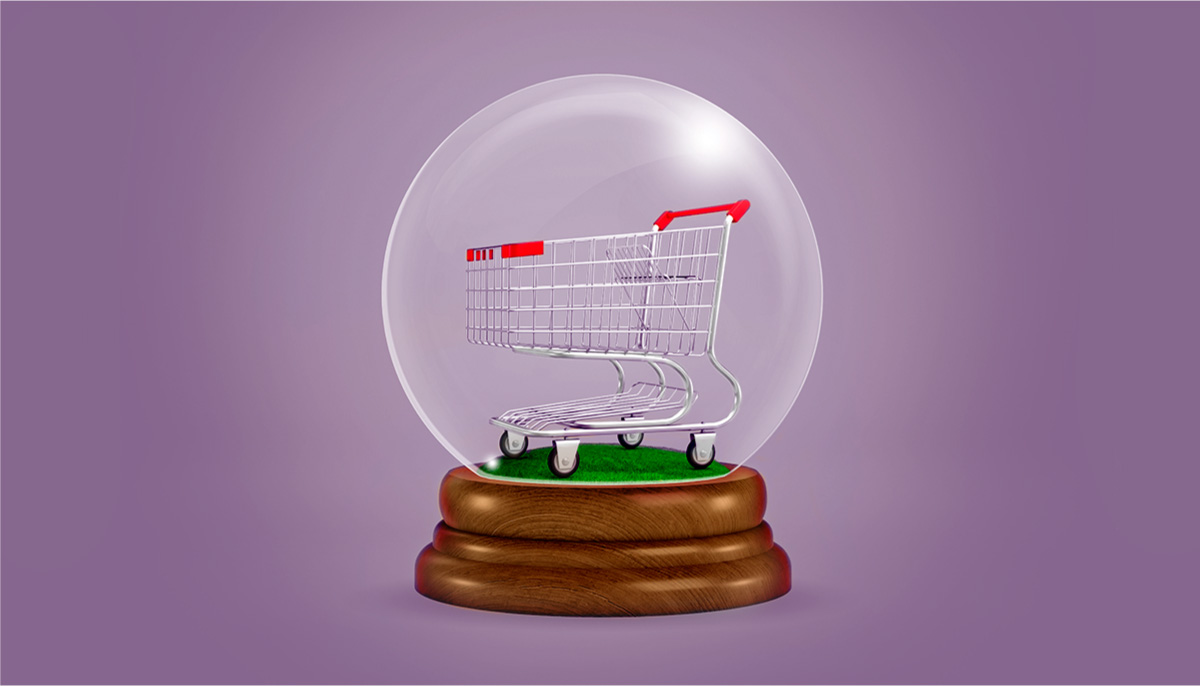
Seeing Red: The Changing Role of Promotions
The fact that promotions can drive sales is probably as old as commerce itself. But in a digital-first, eCommerce world, the role of promotions has broadened. In addition to the affect on sales, promotions can also influence purchase timing which has knock-on implications for fulfillment and the customer experience.
This connection was revealed by a recent study of peak (holiday) season retail performance conducted by Arlington Research, an international research firm, in partnership with PFS. The study surveyed 200 major retailers each in the US and UK, looking at multiple factors and results across a range of merchandise categories. While the study focused on what worked and what didn’t for omnichannel retailers during an unusual shopping season, the results also revealed enlightening insights regarding the role of promotions.
The early bird gets the sale
To say 2020 was an unusual year for retailers would be a massive understatement. Faced with anxieties about revenues and virtually no foot traffic, omnichannel merchants looked to the holiday shopping season to salvage what they could. As a result, half (50%) of those surveyed started promotions early.
For example, jewelry retailer Pandora made every Friday in November a Black Friday Sale event which was heavily advertised through emails to their subscribers, in-store signage and significant discounts. Other US retailers did the same, with the likes of Target, Best Buy, Kohl’s and Walmart starting promotions as early as October. In the UK, The Entertainer, Amazon and AO.com kicked off the promotions season early alongside US-based retailers.
55% of those who started their promotions earlier enjoyed higher revenues than the year prior, with another 39% seeing the same YoY volume. By contrast, only 47% of those who started their promotions on the same schedule as the previous year saw improved sales. The fact that sales went up in both cases suggests pent-up consumer demand—perhaps for the goods purchased, and certainly for a return to normalcy.
But there was an unanticipated benefit for those merchants who were proactive in driving sales.
Flattening the peak season curve
While the exact breakdown of online sales vs. in-store was not available for the retailers who participated in this study, many other reports highlight unprecedented online volume during this period. As a result, fulfillment operations also experienced record levels of demand.
In these cases, the website UX and the fulfillment experience were customers’ primary engagement with the “store.” By running promotions earlier, merchants were able to “flatten the retail curve,” driving sales earlier and thereby avoid crushing their fulfillment operations. The effect was to assure timely and accurate fulfillment, and a positive customer experience.
In addition to helping expedite on-time shipping and deliveries—and avoiding the much-feared “shipageddon”–the earlier start to promotions also allowed for a ramp on new types of fulfillment operations. These included many relatively untested functions for these retailers like BOPIS (Buy online, pick up in-store) and curbside pick up (with goods being carried outside to customers). In fact, this enabled a gentler learning curve for the new procedures, as well as allowing time for adjustments and fine-tuning before the full rush began. In some cases, the expanded fulfillment capabilities were elements of the promotion, letting shoppers know that they could safely receive their purchases in the way they preferred and on their own schedule.
On the other side of the balance sheet, retailers who had staffed up for the additional demand at the distribution center were better able to leverage those resources throughout the entire peak period.
Where you want, when you want
When retailers hear the word “promotion,” they usually think “discount.” This is especially true during peak season when consumers have been trained to look for price reductions. And 2020 had more than its share of that.
But the new fulfillment techniques were also the basis for some promotional activity. By offering and promoting a range of fulfillment options, retailers were able to sell on convenience as well as price. While some of these fulfillment techniques were necessitated by the pandemic, customers have come to appreciate the convenience. All indications are that this new range of fulfillment options will endure moving forward.
By offering delivery to customers on their own terms, retailers are able to both move more merchandise and provide a superior customer experience, fulfilling purchases both how and when customers prefer.
As consumers become more accustomed to this level of service, retailers need to take greater control of the process by shifting promotional time frames and competing on more than price. The world is on the verge of emerging from lock-down in the year ahead, but the increased eCommerce demand is expected to continue, even if not at the same super-heated rate.
Retailers will have plenty of opportunities to fine tune their promotion mix and timings ongoing. If you’re seeking to apply lessons learned from last year to do better in peak season 2021, PFS can help! Get in touch today.
Download the full report here.


